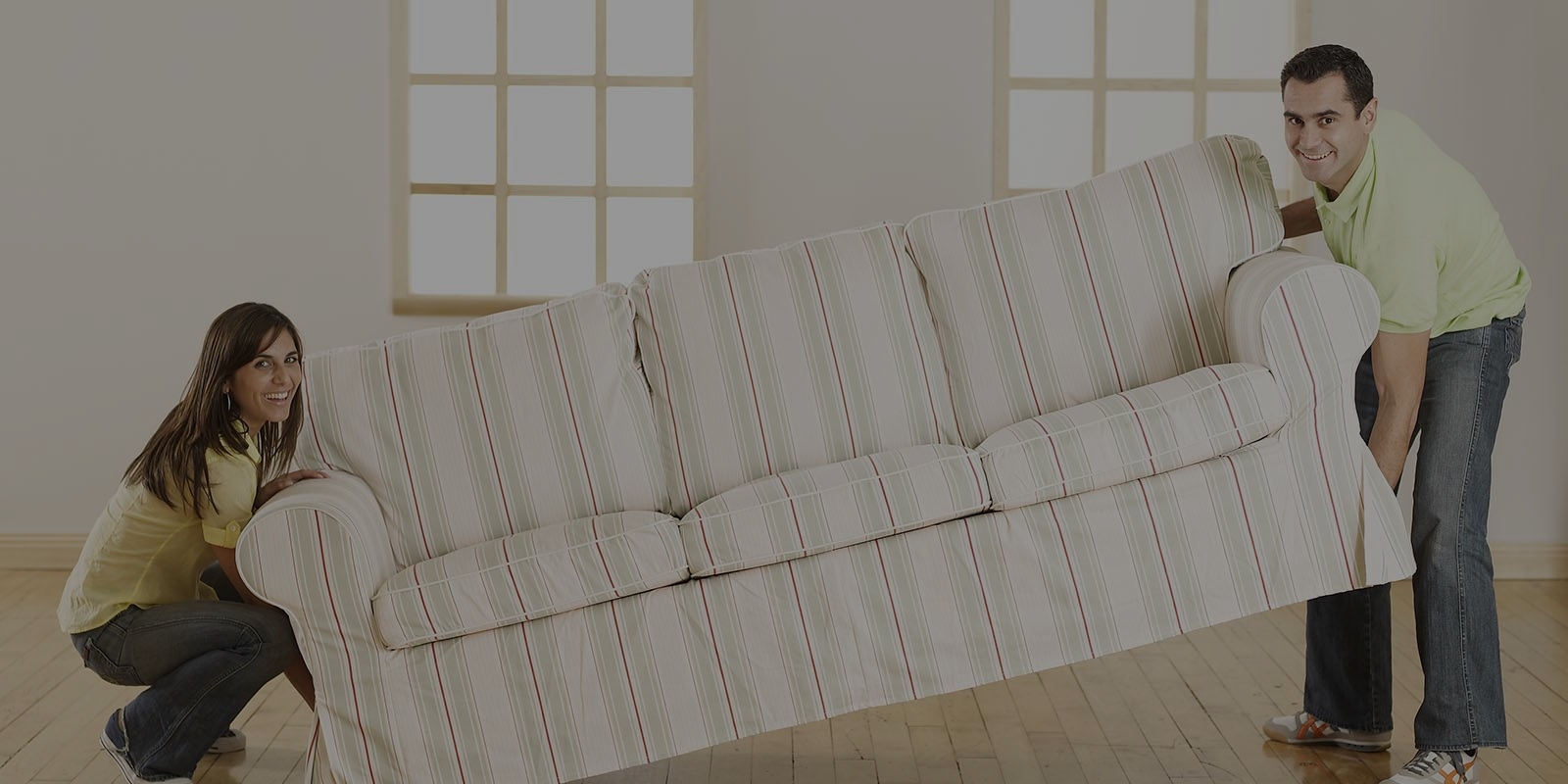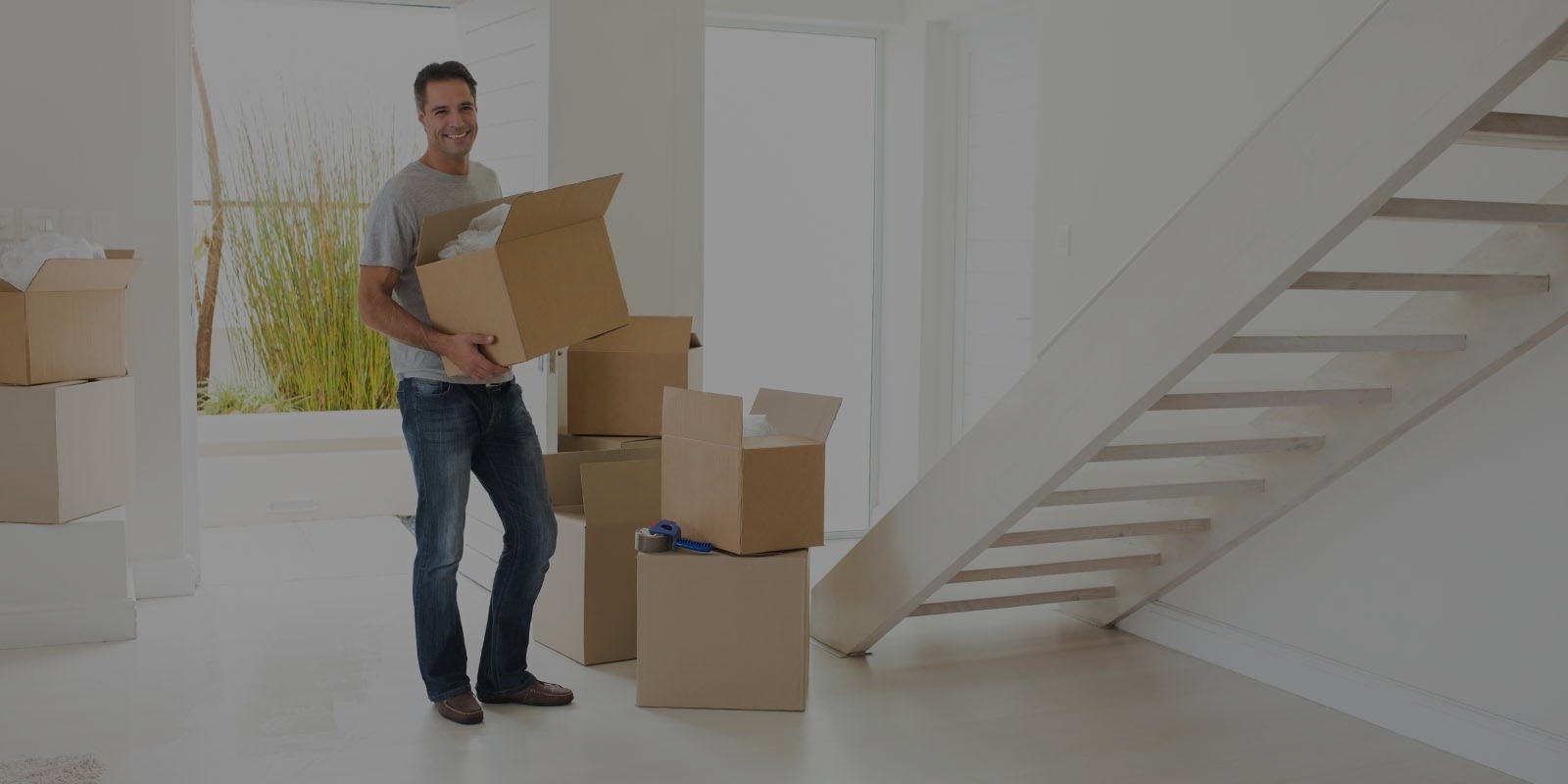Beginner's Guide to Moving Your Bed and Mattress
Posted on 11/06/2025
Beginner's Guide to Moving Your Bed and Mattress
Moving can feel overwhelming--especially when it comes to handling large, bulky items like your bed and mattress. Whether you're relocating to a new apartment or upgrading your home, ensuring your bedding furniture arrives safely and easily is essential for a comfortable new beginning. In this Beginner's Guide to Moving Your Bed and Mattress, we'll walk you through each step to protect your investment, avoid common pitfalls, and streamline the process from start to finish.
Why Properly Moving Your Bed and Mattress Matters
Your bed and mattress aren't just pieces of furniture; they are crucial for your comfort and well-being. Mishandling them can result in physical damage, stains, or loss of structural integrity. Additionally, improper transport can expose your mattress to pests or environmental elements that may ruin it. This comprehensive guide ensures you move your bed frame and mattress efficiently, keeping them in pristine condition for your next night's sleep.

Pre-Move Planning: Getting Started
Assess Your Bed Frame and Mattress
- Type of Bed Frame: Is it a platform, sleigh, bunk, or metal frame?
- Mattress Size and Style: Twin, Full, Queen, King, or California King? Is it memory foam, innerspring, or hybrid?
- Weight and Bulkiness: Do you need additional help or special equipment?
Start your moving plan by understanding what you need to transport. Each bed and mattress type comes with different challenges. For example, king-sized beds require more space and possibly professional movers, while modular platform frames can be disassembled relatively easily.
Gather Necessary Supplies
Having the right materials on hand can save time and protect your furniture. Before moving day, collect:
- Mattress Bag or Plastic Cover: Protects against dirt, dust, and moisture.
- Furniture Blankets: Prevents scratches on wood or metal frames.
- Packing Tape and Stretch Wrap: For securing loose parts and protecting delicate surfaces.
- Wrenches and Screwdrivers: Essential for disassembling and reassembling bed frames.
- Moving Straps or Rope: Useful for carrying and securing the mattress and frame in the truck.
- Markers and Zip Bags: Label small hardware pieces and keep them organized.
Step-by-Step Guide: Moving Your Bed and Mattress for Beginners
1. Remove Bedding and Pillows
Strip your bed completely--take off all sheets, blankets, pads, comforters, and pillows. Wash and pack these items separately so they stay clean and fresh for your arrival.
2. Disassemble the Bed Frame
- Document the Assembly: Snap photos or record a quick video with your phone as you take the bed apart. This handy reference will make reassembling much easier.
- Remove Slats or Platform Panels: Place these parts in labeled bags or boxes.
- Separate Headboard and Footboard: Detach carefully and wrap each piece in moving blankets or bubble wrap, securing with stretch wrap if needed.
- Keep Screws & Hardware Together: Place into a labeled zip-lock bag you tape to the frame or pack in a clearly marked box.
Tip: Don't overtighten or force bolts--if a piece won't budge, check for hidden fasteners or consult your bed's assembly guide.
3. Prepare the Mattress for Transport
- Clean the Surface: Dust off loose debris and vacuum your mattress.
- Use a Mattress Bag: Slide the mattress into a protective bag or wrap it tightly in heavy-duty plastic sheeting.
- Seal and Label: Use packing tape to seal the bag, preventing bugs or dirt from getting in. Clearly label the bag with the size and room destination.
If your mattress is memory foam, avoid folding it in half as this can cause permanent damage. Innerspring mattresses are more flexible, but check the manufacturer's guidelines before bending or folding any mattress during transport.
4. Moving Boxes and Bed Parts
Pack any smaller bed parts, slats, or hardware in sturdy boxes and clearly label each. Don't overload boxes; this makes them safer and easier to handle.
5. Transporting the Mattress and Bed Frame
Whether you're moving your bed yourself or using professional movers, follow these transport tips for a safe move:
- Carry the Mattress Vertically: Grab a helper and stand the mattress on its side. Lift with your knees, not your back, and use moving straps if available.
- Protect Corners & Edges: Use cardboard or blankets to pad sharp corners to avoid damage to walls, doors, or your mattress.
- Secure in Moving Truck/Van: Place the mattress against a wall in the truck and secure it with moving straps or rope. Lay platform or slats flat, and rest headboards/footboards upright and tied down.
How to Move a Bed and Mattress Without Professional Movers
DIY moving can save a lot of money--but it does require some planning and a little elbow grease. Here's how you can accomplish it:
- Rent a Suitable Vehicle: Your mattress must fit flat to avoid creasing. A pickup, cargo van, or box truck is ideal.
- Gather Strong Helpers: Mattresses and frames can be heavy or unwieldy. Recruit a friend or two for safe lifting.
- Bring the Tools: Ensure all the furniture disassembly tools travel with you.
- Take Your Time: Don't rush, especially around corners or stairs.
Special Tips: Moving a Mattress Up or Down Stairs
- Clear the Path: Remove clutter and props (like rugs or shoes) from the stairs.
- Bend, Don't Fold: If you must angle the mattress, support it so as not to crease memory foam or bend springs too much.
- Communicate: If two or more people are carrying, call out directions ("left", "right", "step!").
- Use Mattress Moving Straps: These provide handles and relieve strain on your back.
Never drag a mattress down stairs as this can tear the fabric or damage internal components.
Moving a Bed and Mattress Into Storage
How to Store a Mattress Correctly
- Keep It Flat: Store the mattress flat--not on its side or folded--to prevent permanent structural damage.
- Avoid Heavy Stacking: Do not place items on top of your mattress; this can lead to indentations or warping.
- Climate Control Matters: Use a storage unit with climate control to prevent mold and mildew.
- Cover Dust-Free: Always use a proper storage bag or protection, even in a clean unit.
Storing the Bed Frame
- Wrap wood or metal parts in blankets or bubble wrap to prevent scratches.
- Keep all hardware together in a sealed bag, taped to the main frame.
- If possible, elevate items off the ground using pallets or shelving.
Common Mistakes to Avoid When Moving Your Bed and Mattress
- Not Measuring Doorways and Hallways: Always measure paths in advance to avoid getting stuck.
- Skipping Mattress Protection: Never move a mattress without a bag or plastic covering.
- Using the Wrong Vehicle: Don't use a vehicle where the mattress must fold or hang out a window; this can damage it irreparably.
- Losing Hardware: Keep bolts and screws in labeled, secure bags with the frame.
- Ignoring Manufacturer's Advice: Memory foam and hybrid mattresses have specific moving instructions--follow them.
Setting Up Your Bed and Mattress in Your New Home
Unpack and Check for Damage
Carefully unwrap all bed components and inspect for any tears, dents, or missing parts. If you've labeled and organized hardware, assembly will be much faster!
Reassemble the Bed Frame
- Use your photos or manual: Refer back to your documentation for a smooth setup.
- Tighten Securely: Don't over-torque bolts but ensure everything is solid.
- Test for Stability: Gently rock your frame to ensure it's sturdy before adding your mattress.
Position the Mattress
- Carefully place your freshly unbagged mattress on the assembled bed frame.
- Give memory foam mattresses a few hours to return to full shape if compressed during moving.
- Add bedding and pillows for a well-earned comfortable sleep!
Frequently Asked Questions: Moving Your Bed and Mattress
Can I move a mattress by myself?
It is possible, especially for twin or full sizes, but it is always safer and easier with a helper--especially for queen or king size beds and mattresses.
Is it okay to fold a mattress when moving?
Generally, no. Most mattresses aren't designed to be folded, and doing so may void your warranty or damage the internal structure. Check the manufacturer's guide before folding or rolling any mattress.
How do I protect my mattress during a move?
Use a quality mattress bag or plastic cover, and seal it tightly before moving to avoid dirt and bugs.
How do you move a large bed frame through a small door?
Disassemble as much as possible, and angle parts through diagonal openings. Remove doors from hinges if necessary.

Final Tips for Beginners: Make Your Bed and Mattress Move Stress-Free
- Plan ahead: The more organized you are, the easier your move will be.
- Label everything: It will prevent headaches when reassembling and unpacking.
- Keep tools on hand: A basic toolkit travels with you.
- Ask for help: Don't risk injury by lifting heavy bedsteads or mattresses on your own.
- Read the manual: Some beds and mattresses have special instructions--always check before moving.
The Bottom Line: Enjoy a Perfect Night's Sleep in Your New Home
Moving your bed and mattress doesn't have to be intimidating. With just a little preparation, the right supplies, and some practical help, you can protect your bed and mattress during the move, avoid accidental damage, and set yourself up for restful nights in your new space. Whether you use the DIY method or hire professional movers, following this beginner's guide will help you move your bed and mattress safely and hassle-free.
Ready to move? Bookmark this page to ensure your mattress remains cushioned and your bed frame is undamaged on your moving day. Sweet dreams in your new home!







